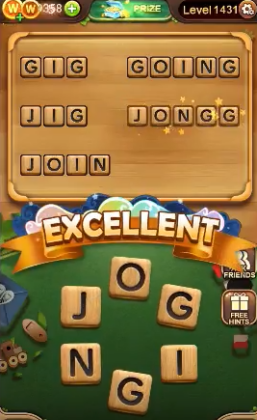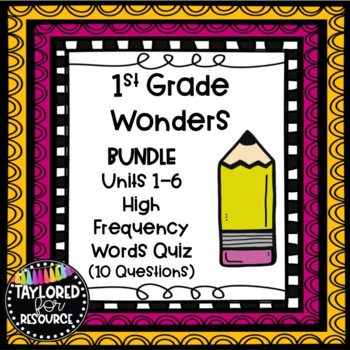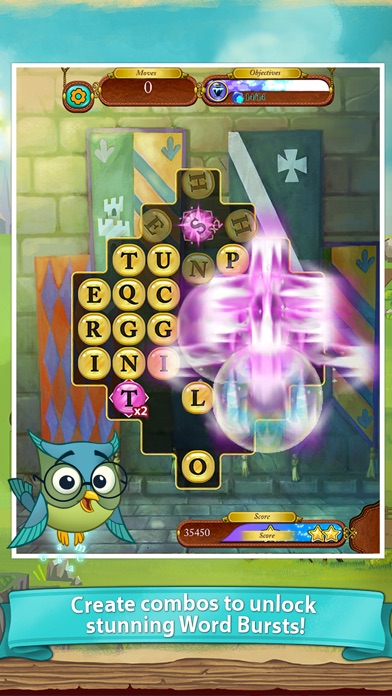

I am going to show you how to group your words together in phrased units and use the rhythm of the text to help me read this text.It is important to understand what we are reading. When we read fluently and group words together in phrases, it can help us understand what we read. Today we are learning about how to read with phrasing and fluency.Introduce the learning intention and success criteria for the lesson.I can use the rhythm of the text and placement of words on the page to help me read with phrasing and fluency. We are learning to read with phrasing and fluency. Read familiar phrases and sentences with fluency.Participate in simple group activities based on shared texts.Use knowledge of context, text structure and language to understand literal and inferred meanings.Understand information in texts read and viewed in class.Identify repetitive words or phrases in known texts ( VCEALL047).Participate in shared reading activities.Adopt the teacher's intonation patterns when reading familiar texts.Links to Victorian Curriculum - English as an Additional Language (EAL) Read familiar and some unfamiliar texts with phrasing and fluency by combining phonic, semantic, contextual and grammatical knowledge using text processing strategies, including monitoring meaning, predicting, rereading and self correcting. Read texts with familiar features and structures using developing phrasing, fluency, phonic, semantic, contextual, and grammatical knowledge and emerging text processing strategies, including prediction, monitoring meaning and rereading. Read texts with familiar structures and features, practising phrasing and fluency, and monitor meaning using concepts about print and emerging phonic, semantic, contextual and grammatical knowledge. Links to the Victorian Curriculum - English
Level 147 words of wonder full#
punctuation marks: full stop, capital letter, comma, question mark, exclamation mark, quotation marks.digraph /ch/ in munch, lunch, bunch, crunchy, each, cherries.repeated segments (munch, munch, munch).rhythm (such as, two red apples on the tree.

see the teacher model strategies to ensure reading for meaning.identify and generate examples of onset and rime (such as vine, mine).join in with the teacher on the repetitive sections of the text.track text as it is being read to reinforce early reading behaviours.hear what fluent and expressive reading sounds like.The text contains opportunities for the student to: blend and segment single syllable words.encourage students to identify and generate rhyming words.The text contains opportunities for the teacher to: Program Flying Start to Literacy published byĮleanor Curtain Publishing Pty Ltd. Source: Sharing Fruit, Author Jenny Feely, This lesson will require students to listen to and join in with the reading of an enlarged, shared text that contains rhyme and repetition. Using fluency and expression to read a text with repetitive segments Lesson overview Foundation Level: Hearing and generating words that rhyme.Identifying and generating rhyming words.


Day two to five could focus on a rereading with explicit teaching based on the above elements. (Konza, 2016).ĭay one can focus on reading for meaning and enjoyment. Shared reading is a strategy that can support the teaching of the Big Six elements of reading: oral language and early experiences with print, phonological awareness, phonics, vocabulary, fluency and comprehension.


 0 kommentar(er)
0 kommentar(er)
